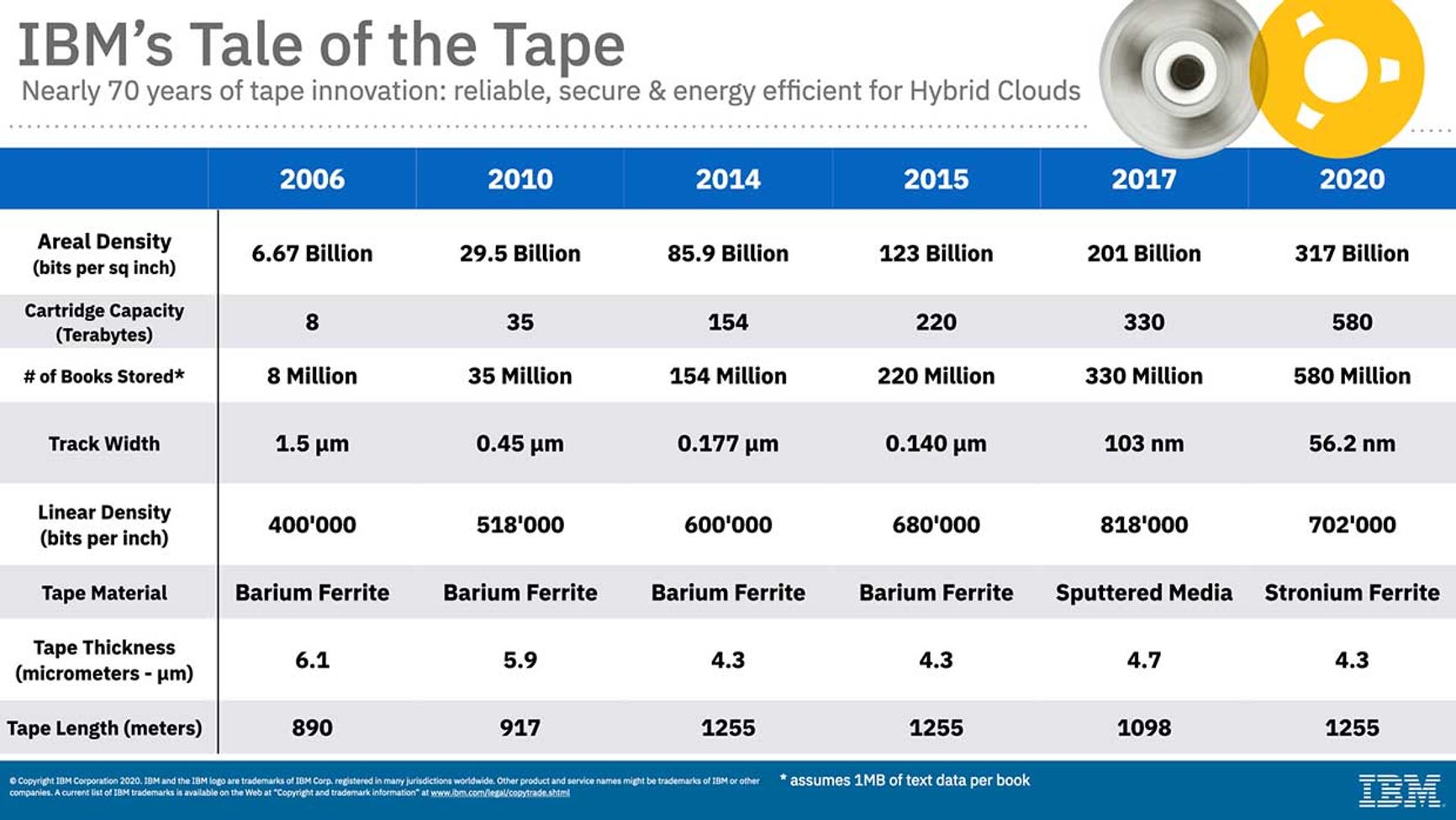We live in a world defined by an abundance of information. Our phones and computers continually collect data about us. Similarly, posts and photos and videos—all of which have to “exist” somewhere in the real world—flood the internet.
We call it the cloud, but the actual information up in the cloud ultimately still has to be stored somewhere physical. There’s always a place in some server thousands of miles away with our data; these servers hold the data of the world and everything we call the internet.
And the amount of new data generated every year keeps rising (no doubt in part by the increase in the uses of Big Data). By 2025, according to some estimates, the amount of data created each day globally will exceed 463 exabytes (that’s 463,000,000 terabytes).
So where does all of this data end up in the end? A lot of it gets deleted, but there’s also a significant amount that gets archived—stored for extended periods, whether for actual storage or just safekeeping in case it needs to be referenced in the future.
Traditionally, this would be on hard drives, as solid state flash storage is far too expensive. However, unexpectedly, in recent years, there has been a renaissance of sorts with one form of long-term storage: magnetic tapes.
Magnetic Tapes?
Yes, tapes: the same type of stuff used to store music and record video—a seeming relic from the past. Teams of researchers, nonetheless, have been working to squeeze more and more information into less and less space using magnetic tapes.
Indeed, entire labs dedicated to nanotech research have focused on this challenge, and many have achieved stunning results. IBM’s Dr. Mark Lantz, in 2015, showed off tapes that could store 123 GB per square inch. In 2017, they could do 201 GB per squared inch.
And just last year, they achieved 317 GB per square inch. That means a single tape cartridge using their technology can store around 580 terabytes (!) of data.

These stunning results aren’t without evident downsides though. Reading and writing information with tapes is time-consuming. (There’s a reason why, ever since the 1960s, computers have pretty much exclusively used hard disks or solid state drives.)
However, these tapes are still in resurgence because of one key application: archiving. There’s a lot of data and tapes are particularly cost- and space-efficient. Plus, data only needs to be preserved in a “cold” state in archival processes, meaning that they don’t need frequent access.
It’s rather incredible how densely packed these tapes can be with information. And just as impressive is the rate at which this technology continues to improve.
We shouldn’t be surprised to see this renaissance of “old” technology, just as we shouldn’t be surprised by the work being done to improve them, even today. We, therefore, shouldn’t be surprised in the future if we ever see tapes become the go-to solution for archiving the world’s data.
In all likelihood, that will be something to look forward to.
Read More: IEEE Article; The Economist; IBM
